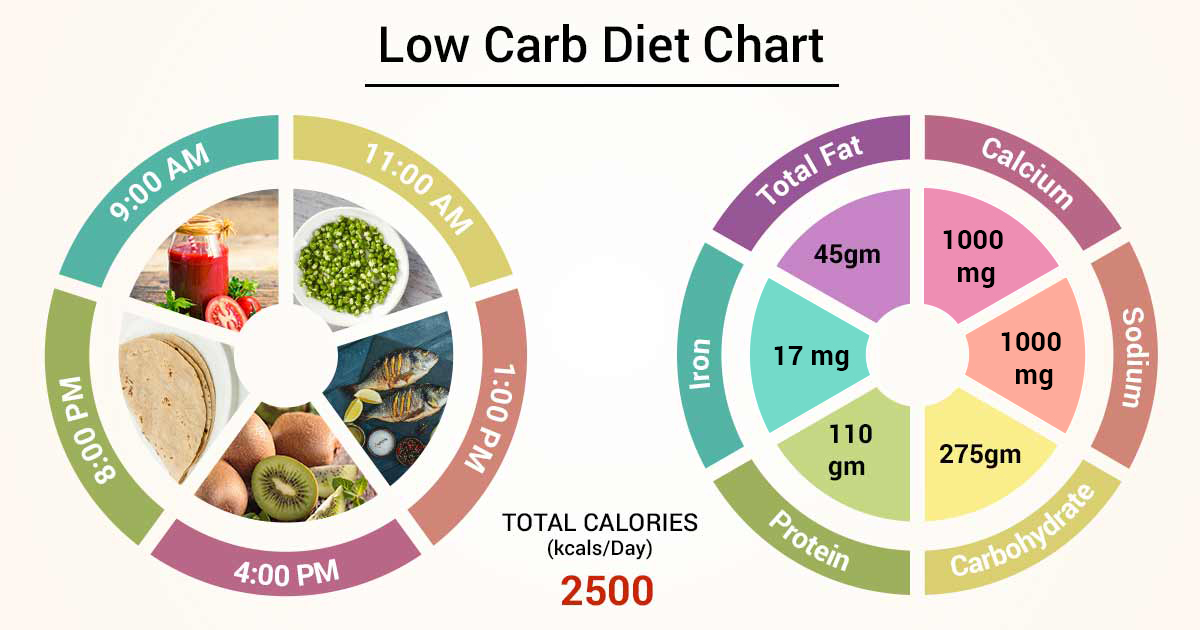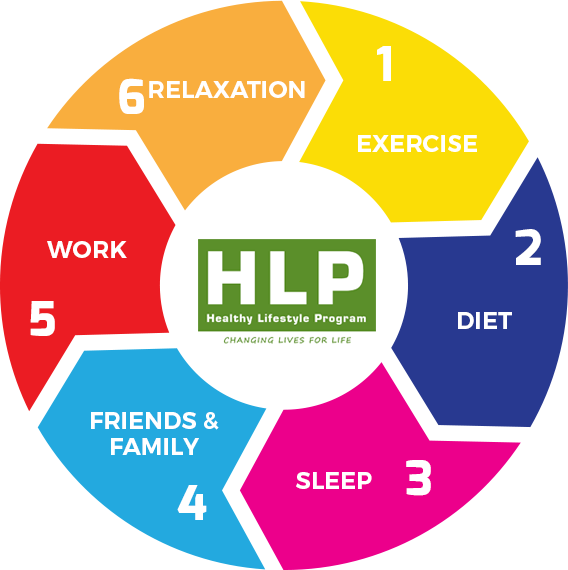
You might wonder how to eat healthy fast food if you're a foodie. Although fast food is great for quick meals, you should remember that it is usually high in sodium and lacks fiber. There are a few healthy options available at fast food restaurants, so it's okay to eat these foods from time to time.
Many fast food chains post nutritional information on their websites. People looking for healthier options will find this information helpful. It's also helpful to download an app or website that gives you the nutritional information of different items. Using these tools will make your fast food experience a little more healthy and convenient. These tools will enable you to make smarter decisions and improve your satisfaction with what you eat. There is a solution. Just plan ahead and apply common sense.

Avoid high-fat foods when you eat fast food. Many fast food chains offer low-fat versions many of their menu items. Deli-style sandwiches, which feature whole-wheat bread with lots of vegetables, are also available. Your salads should be the main focus of your meal. Use low-fat dressings and steer clear of bacon bits or shredded cheese. Instead, concentrate your attention on vegetables, fruits, or nuts.
Ordering a meal with vegetables is another way to eat fast-food. A side salad with a side of fruit can be a delicious and healthy choice. You can avoid large entrees by ordering a broth-based soup. Most fast-food chains will also have options on their menus. These options are typically lower in calories or fat, and they contain no added sweeteners, so a salad is your best option.
There are some key tips for healthy fast food. A balanced meal is the first thing to do. A balanced meal includes carbohydrates, protein, and healthy fats. It is also important to avoid fast-food places that serve unhealthy food. Even though it may seem tempting to order a double-sized cheeseburger, it's better to go with a single cheeseburger. Likewise, you can order a small meal if you are hungry.

When you're hungry, a small sandwich can satisfy your cravings and be healthy. You'll get a satisfying, low-calorie meal and will be able to cut down on the fat. Then, you can ask for a kid's meal. Fast-food restaurants can serve the same foods, but you should be cautious about how much you order.
FAQ
What is the difference among a virus or a bacterium and what are their differences?
A virus is a microscopic organism that cannot reproduce outside its host cell. A bacterium can be described as a single-celled organism which reproduces by splitting in two. Viruses measure only 20 nanometers in diameter, but bacteria is up to 1 millimeter in size.
Viruses are spread via contact with infected bodily liquids such as urine, saliva, semen and vaginal secretions. Bacteria are often spread via direct contact with contaminated surfaces or objects.
Viruses may enter the body through cuts, scrapes. bites, or any other break in the skin. They may also get into the body through the nose and mouth, eyes, ears or rectum.
Bacteria may enter our bodies through cuts and scrapes on our skin, burns, insect bites, and other wounds. They can also get into our bodies via food, water or soil.
Both bacteria and viruses can cause illness. But viruses do not have the ability to multiply within their hosts. They infect only living cells, causing illness.
Bacteria can grow in their hosts and cause disease. They can infiltrate other parts of the body. We need antibiotics to get rid of them.
How can I live a life that is full of joy every day?
It is important to identify what makes you happy. Once you have a clear understanding of what makes you happy you can go backwards. You can also ask other people what they do to live the best lives possible every day.
You can also find books such as "How to Live Your Best Life" written by Dr. Wayne Dyer. He discusses happiness and fulfillment in every aspect of our lives.
What can you do for your immune system to improve?
The human body is made up of trillions and trillions of cells. These cells collaborate to create organs, tissues and other functions. Another cell takes its place when a cell dies. Hormones, which are chemical signals that allow cells to communicate with one another, enable them to do so. All bodily processes are controlled by hormones, including metabolism and immunity.
Hormones can be described as chemicals produced by glands in the body. They travel through our bloodstream and act as messengers, controlling how our bodies function. Some hormones can be produced in the body, while others may be made outside.
When a hormone-producing gland releases their contents into the bloodstream, hormone production begins. Once hormones become active, they move throughout the body until reaching their target organ. Some hormones are only active for a brief time. Other hormones can remain active longer, and they continue to affect the body's functionality even after leaving the bloodstream.
Some hormones are produced in large quantities. Others are produced in small amounts.
Some hormones are produced at certain times during life. For instance, estrogen is produced during puberty, pregnancy, menopause, and old age. Women can get estrogen to build breasts, prevent osteoporosis, and keep their bones healthy. It is also known to promote hair growth and keep skin soft and smooth.
What's the difference between fat or sugar?
Fat is an energy source that comes from food. Sugar is a sweet, naturally occurring substance in fruits and vegetables. Both sugars and fats have the same calories. Fats however, have more calories than sugars.
Fats are stored within the body and can contribute to obesity. They cause cholesterol buildup which can lead to strokes and heart attacks.
Sugars are quickly absorbed by the body and provide instant energy. This causes blood glucose to rise. High blood glucose levels can be dangerous because it increases the risk of developing type II diabetes.
What's the best diet?
The best diet for you depends on several factors, like your age, gender, weight, health conditions, and lifestyle habits. You should also consider how much energy your exercise consumes, whether you like low-calorie or high-calorie foods, and what you enjoy in terms of eating fruits and veggies.
Intermittent Fasting is an alternative to traditional fasting if you are looking to lose weight. Intermittent fasting is a way to eat only certain meals during the day instead of three large meals. This might be better for you than traditional diets, which have daily calorie counts.
Intermittent fasting is believed to increase insulin sensitivity. It may also reduce inflammation. This may lead to a decrease in diabetes risk and blood sugar levels. Research also shows that intermittent fasting may increase fat loss and improve overall physique.
Statistics
- WHO recommends reducing saturated fats to less than 10% of total energy intake; reducing trans-fats to less than 1% of total energy intake; and replacing both saturated fats and trans-fats to unsaturated fats. (who.int)
- Extra virgin olive oil may benefit heart health, as people who consume it have a lower risk for dying from heart attacks and strokes according to some evidence (57Trusted Source (healthline.com)
- WHO recommends consuming less than 5% of total energy intake for additional health benefits. (who.int)
- In both adults and children, the intake of free sugars should be reduced to less than 10% of total energy intake. (who.int)
External Links
How To
What does the word "vitamin" mean?
Vitamins are organic compounds found naturally in food. Vitamins aid us in absorbing nutrients from the food we eat. Vitamins are not made by the body, so they must be obtained through food.
There are two types if vitamins: water soluble, and fat soluble. Water-soluble vitamins dissolve quickly in water. These include vitamin C (thiamine), Vitamin B1 (riboflavin), Vitamin B2 (riboflavin), Vitamin B3 (niacin), Vitamin B6 (pyridoxine), Vitamin C, B1 (thiamine), Vitamin B2 (riboflavin), Vitamin B3 (niacin), and Vitamin B6 (pyridoxine). Fat-soluble vitamins can be stored in the liver or in fatty tissue. Vitamin D, E, K and A are some examples.
Vitamins are classified according to their biological activity. There are eight major vitamin groups:
-
A - vital for healthy growth.
-
C – essential for proper nerve function.
-
D - Vital for healthy bones and teeth
-
E is required for good vision and reproduction.
-
K - essential for healthy muscles, nerves, and bones.
-
P – vital for building strong bones.
-
Q - Aids digestion and iron absorption
-
R - Red blood cells are made from red blood cells.
The recommended daily intake (RDA), of vitamins varies with age, gender and physical condition. RDA values are set by the U.S. Food and Drug Administration (FDA).
For example, the RDA for vitamin A is 400 micrograms per dayfor adults 19 years or older. Pregnant mothers need 600 micrograms per days because it is vital for the development and growth of their baby. Children ages 1-8 require 900 micrograms per day. For infants younger than one year, 700 micrograms are required daily. However, this number drops to 500 micrograms each day for children aged 9-12 months.
Children between the ages 1--18 years old who are overweight or obese require 800 micrograms per Day, while those who are overweight or obese need 1000 micrograms. To meet their nutritional needs, children underweight and obese require 1200 micrograms a day.
Children aged 4-8 years old who have been diagnosed as having anemia require 2200 micrograms of vitamin C per day.
Adults over 50 years of age need 2000 micrograms per day for general health. Women who are pregnant or breastfeeding need 3000 micrograms per day due to increased nutrient requirements.
1500 micrograms are required daily by adults over 70 because they lose approximately 10% of their muscle each decade.
Women who are pregnant or nursing need more than the RDA. Pregnant and breastfeeding women require 4000 micrograms each day during pregnancy and 2500 Micrograms each day after delivery. Breastfeeding mothers need to consume 5000 micrograms every day when breastmilk has been produced.